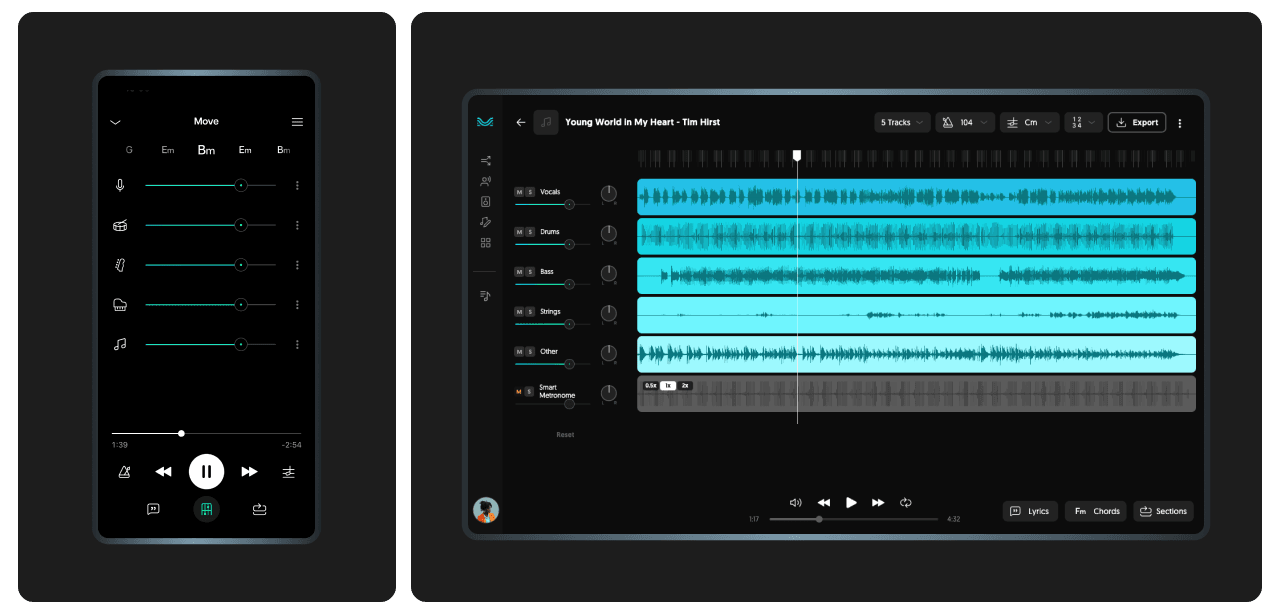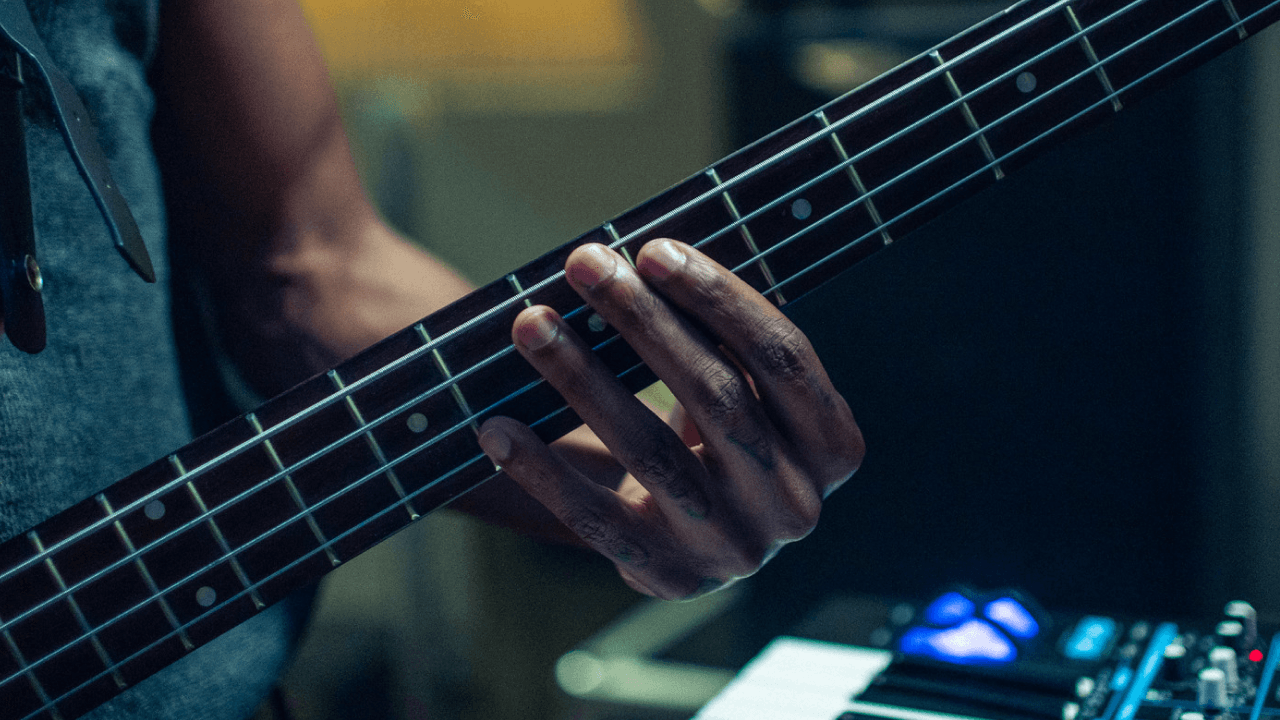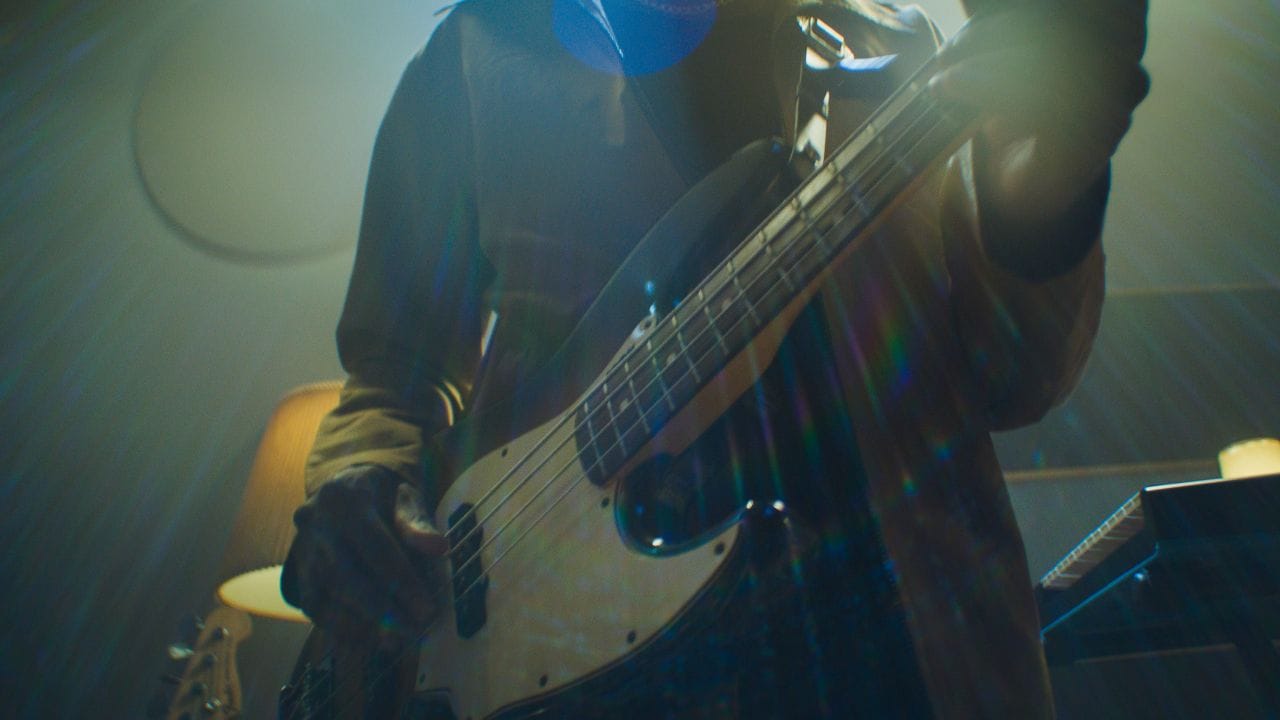A solid music practice routine is pivotal for consistent progress, motivation, and a well-rounded set of skills.
This blueprint is deeply personal and should help you grow and build on your strengths. The best strategy involves a combination of discipline and delight, meeting goals with spirit and play.
Stay tuned and find out how to come up with and stick to a practice plan!
What should an effective music practice routine include?
An effective music practice routine should include warm-up exercises, technique work, repertoire rehearsal, ear training, and music theory. Sheet music readers should also practice sight-reading. Overall, a balanced routine that covers multiple areas of musicianship is key.
Key pillars for a great solo routine
Here are five cornerstones for your routine: planning, warm-ups, metronome use, a main focus, and the fun part. Learn more below!
1. Planning
The best kick-start is to plot out elements like goals and time allocation. This sets the stage for a goal-oriented, effective practice, shaping a disciplined mindset from the get-go.
2. Warm-ups
Beginning with exercises (like scales and arpeggios) helps warm up both mind and body. These workouts should:
- Align with the session’s primary aim;
- Gradually instill muscle memory;
- Progressively build technical prowess.
3. Metronome
Incorporating a metronome or click track into your practice sessions is indispensable if you care about timing and rhythm, particularly when exploring various tempos.
A solid grasp of timekeeping is a major aspect of musicianship, and consistently practicing music with a steady count will help you get better at it.
4. The main focus
The heart of your study should be something you want to learn or improve. This may include selections for an upcoming performance or compositions that challenge your current skill set.
If you’re struggling with sixteenth notes, for instance, choose a piece that has a lot of them. Start slow, master the intricacies, and gradually increase speed as you gain confidence. (This is a good example of where a metronome can be useful, by the way.)
The main focus will often be a song you’re learning. That’s where the bulk of practice time can be allocated. Another good idea is to focus on repertoire review from time to time, revisiting pieces you've previously learned to keep your memory and performance sharp.
5. The fun part
Add a touch of whimsy to your routine. Groove to your favorite tunes, experiment with improvisation, and come up with new melodies. This is your creative playground, where you can apply different techniques in a relaxed atmosphere.
Place this breather at the end of your session as a reward for your hard work. This can help you view music practice more positively and make it a habit more easily.
Balancing exercises and song practice
While jumping straight into playing songs might be tempting, one of the main practice tips for musicians is to start those sessions with exercises. They improve ear training, dexterity, and technical accuracy.
A well-rounded routine blends exercises with song study for balanced, dynamic, and fruitful sessions.
Exercises, drills, and so on
Practicing scales, arpeggios, and technical drills builds a strong foundation in technique. For instance, guitarists can focus on chord shapes and fingerpicking patterns, while saxophonists can work on long tones and breath control.
Song practice
Besides being essential, incorporating songs into your routine is a rewarding way to apply what you've learned. It brings previously abstract concepts to life.
Additionally, songs can be broken down into smaller sections for focused study, acting as exercises.
How do you establish a music practice routine?
Creating and starting a good routine that fits your goals and lifestyle is the path to steady musical development. The key points include choosing your practice spot as well as the moment and duration of your sessions. Setting short-term, medium-term, and long-term goals is also recommended.

Choosing your practice space
Pick a quiet, comfortable space to enhance focus and minimize distractions. It can be a cozy corner in your room, a serene spot in your living area, or a dedicated space like a home studio.
Gather all your essentials — instrument, stand, tuner, and practice materials such as sheet music or metronome — so everything is readily accessible.
Setting your practice time
Align your routine with your daily rhythm by picking a consistent time slot that suits you. Whether you’re an early riser enjoying the morning quiet or a night owl finding solace in the evening, consistency is key.
To stick to your music practice schedule, be realistic about the time you can dedicate each day. Aim for at least 15 minutes. Also, remember this: even on bad days, a short practice session is better than none.
Defining your goals
Goals offer direction and structure, breaking down improvements into manageable tasks. They provide tangible progress, checkpoints for development, and motivation through satisfying achievements.
Organize your study aims into short-term, medium-term, and long-term goals. Here are our suggestions:
- Short-term: home in on immediate session targets, such as mastering a complex measure or refining a specific technique;
- Medium-term: set weekly benchmarks, like mastering a particular scale or developing muscle memory for specific chord progressions;
- Long-term: look ahead with goals like performing at an event or acquiring a new instrumental skill.
Pro tip: Incremental gains, such as elevating your tempo by 5 bpm daily, can lead to substantial weekly progress.
How to maintain your routine
Once your routine is established, the greatest challenge is maintenance. Nest, you’ll find some tips to solidify your habits.
Minimize distractions
Distractions can derail even the most disciplined people. Identify and address distractions to maintain focused and effective practice habits. For example:
- Turn off your phone or use an app that blocks everything that might get in the way;
- Let your family, partner, or roommates know you’re not to be disturbed;
- Consider using noise-cancelling headphones if outside noise is an issue.
Apply strategies to stay motivated
Motivation can fluctuate, but there are ways to keep your spirits high. Self-rewarding is a good strategy: reward yourself for reaching your goals with a small snack, a break, or something else you enjoy.
Another idea is to mix things up to keep them interesting. For example, you can try different rhythms or play different types of music.
Recording and revisiting
For an extra boost, consider recording your musical practice sessions. Reviewing these recordings can reveal nuances in your performance, like posture or tone.
Plus, you can post snippets to showcase your skills on social media. Why not?
Save your recordings in a specific folder, organized from oldest to newest, and watch them occasionally to track your progress. Chances are, you’ll be pleasantly surprised by how much you've improved.
Keep it consistent, but have some rest
An effective practice regimen is one that you can stick with. Keep a practice journal to keep track and adjust as needed. Remember that hard work pays off, even if progress is slow.
Last, but (definitely) not least, don’t forget to incorporate rest and avoid burnout. A well-rested musician is a more productive one.

Moises App: an ally for your music practice routine
The right toolkit can be transformative for any musician’s routine. On that note, Moises is a real game-changer for musicians across all skill levels, instruments, and genres.
Moises’ advanced AI technology contributes to a much more effective practice for musicians, breaking down obstacles to improve focus, creativity, and productivity.
Here are a few ideas on how to practice music with Moises:
- Audio separation: Moises’ flagship feature lets you isolate track elements for dynamic music practice and editing. You can zoom in on guitar riffs, vocal melodies, intricate drum patterns, or bass lines, hearing every detail. This tool is also handy if you want to play or sing along with the original recording, minus the vocals or a specific instrument;
- Chord and pitch tools: effortlessly navigate song structure with chord and key detectors, and adjust the pitch to match your preferred playing or vocal range;
- Tempo and metronome: take control of your learning pace with the speed changer and let the AI click track match the song, accommodating bpm variations;
- Targeted practice: focus to accelerate progress, zeroing in on AI-detected song sections by looping until you master them.
Keeping up with a music practice routine is as much about motivation as it is about repetition. And, with Moises, your practice is as lively as it is productive.
Looking for songs to integrate into your acoustic guitar practice sessions? Check out this list!







